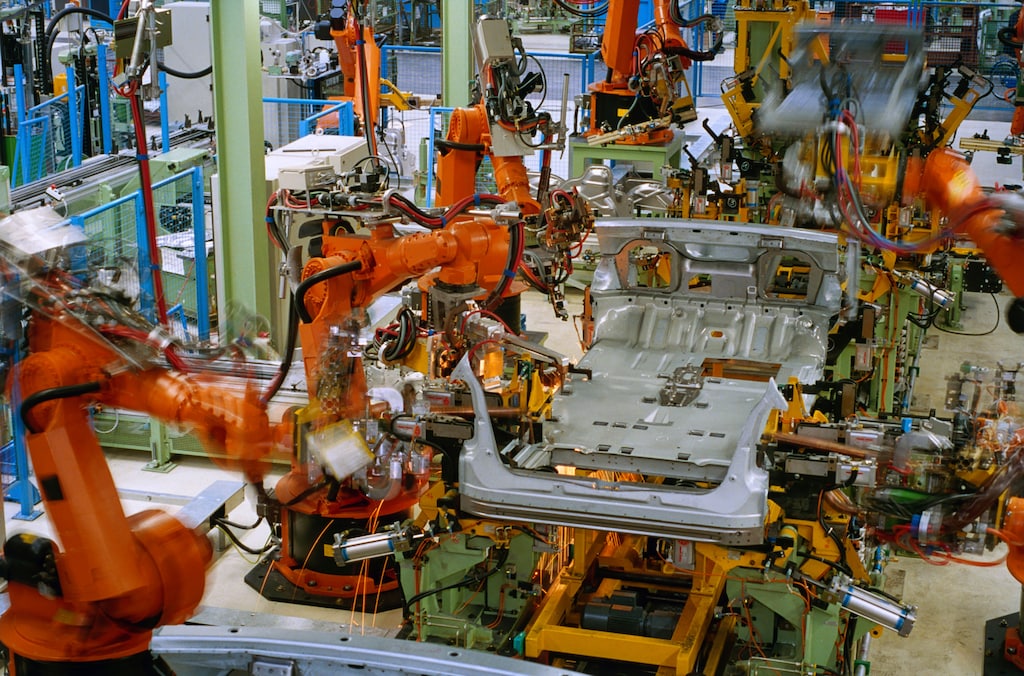Advances in automation and machine learning continue to touch every industry, leading to important decisions for CFOs who need to understand the potential for these technologies to transform their organisations.
While it's almost certain that in the future machines will perform many of the tasks humans do now, experts say this trend first started in the Industrial Revolution when automating banal processes freed up humans for more interesting and satisfying work.
Ross Dawson is a futurist and the founding chairman of publishing and strategy development firm Advanced Human Technologies. He says automation has the potential to transform two types of work. The first being physical work, for example packing products or handling money. “A whole area of automation applies to physical tasks," he says.
The second type is, "knowledge work." Dawson says automation and machine learning can be used to make workflows more efficient. This might include automating tasks such as processing invoices and credit applications.
“It won't be possible to automate the entire workflow, but parts of it will be [automated] as part of a shift that will see fewer humans in these roles," he foresees.
John Meacock, Deloitte's Chief Strategy Officer, notes that it's important to recognise that robotics and machine learning cover broad areas, encompassing physical and cognitive technologies, as well as emerging technologies, such as blockchain databases.
“These all come together when you talk about automation. The focus used to be on simple, numeric analysis. It's shifted to non-repetitive tasks and the next level will involve context awareness and learning," he advises.
One example of the use of emerging technologies is Google Maps. When a user wants directions to a destination, Google Maps is now able to collate information about traffic on all the available routes and select the fastest one.
“Machine learning is starting to involve words and images, not just numbers. We're using it to see if contracts match, by searching documents to see if terms match," Meacock says.
He says there will be an explosion in the use of robotics in the coming years. For instance, International Data Corporation issued a forecast in February this year indicating global spending on robotics and related services would grow at a compound annual growth rate of 17 percent from more than US$71 billion in 2015 to US$135.4 billion in 2019.
In the future, automation will likely be used for everything from production lines, to driving cars to empowering the Internet of Things (IoT)—the connection of previously unconnected machines to the World Wide Web. Within that context, CFOs must become familiar with the potential of automation to transform their business.
Role of the CFO
The onus is on CFOs to ensure they are up-to-date with emerging developments in this area. “They need to be familiar with state-of-the-art robotics, or receive advice about this. It's likely the CFO will be one of many people to be involved in this process in their business and chances are they have not had substantial exposure to this area before," says Dawson.
“There is a set of new technologies that use a browser and act as if they were human. These tools don't require complex integration with the business as a whole; all they need is clarification about the task to be performed. So the idea is to first apply technology that fits in with the existing way things are done to routine decisions and tasks," he advises.
Dawson suggests businesses start small and look at automating just one task, rather than trying to change the business all at once.
“It is good to have a vision of how automation will transform business processes – but by the time you have done that you could have already started on the automation journey. You do need a bigger picture and an overview of priorities. But the risk is, by the time a business has done all that, the technology will have changed."
To avoid this risk, he suggests businesses start with a smaller pilot project and extrapolate from there. This is because it's much easier to build a business case for a pilot program than it is to develop one for the whole business.
“Businesses that think robots will simply replace humans are not priming themselves for a successful transition to a very different world of work. They will lose the capabilities inside the organisation and lose the opportunity to redeploy staff to other tasks," he explains, adding that it also results in a demotivated employee base.
“A better perspective is to see that machines will replace people for certain tasks and we will continue to create new roles for humans, as we have always done in the past."
It's likely machines will do work considered dangerous, dull and dirty, says Dawson, while people will still do work that involves creativity, experience and relationships. “So it's about broadening people's education and development capabilities so they are able to do productive, fulfilling work."
Dawson advises CFOs to look forward five years and envisage which functions in the business would be ripe for automation and to continue to look at ways for humans to add value to the business.
From Meacock's perspective, he says CFOs must rethink all processes in the business, looking at which ones can be automated, and not be scared by the process.
Like Dawson, he says, there will always be a role for people and automation is about freeing up staff so they can do more thinking and creating.
“The bulk of most people's time is still spent on administrative tasks, so this is all about trying to change that. CFOs must be doing this now, because the risk is that businesses that are not exploring this will lose competitive advantage to those that are, so it's important to be on the front foot."



